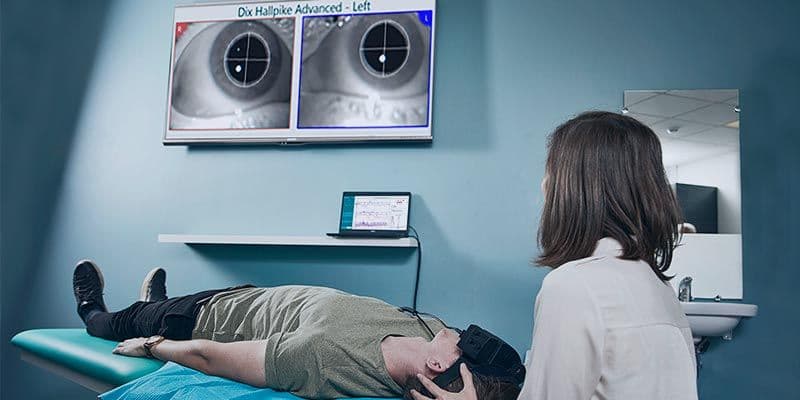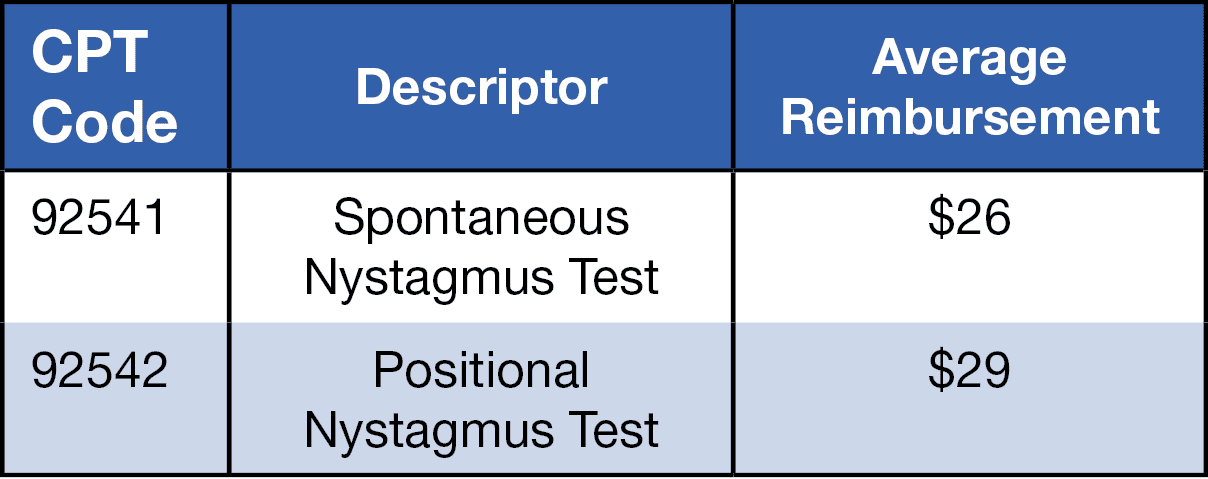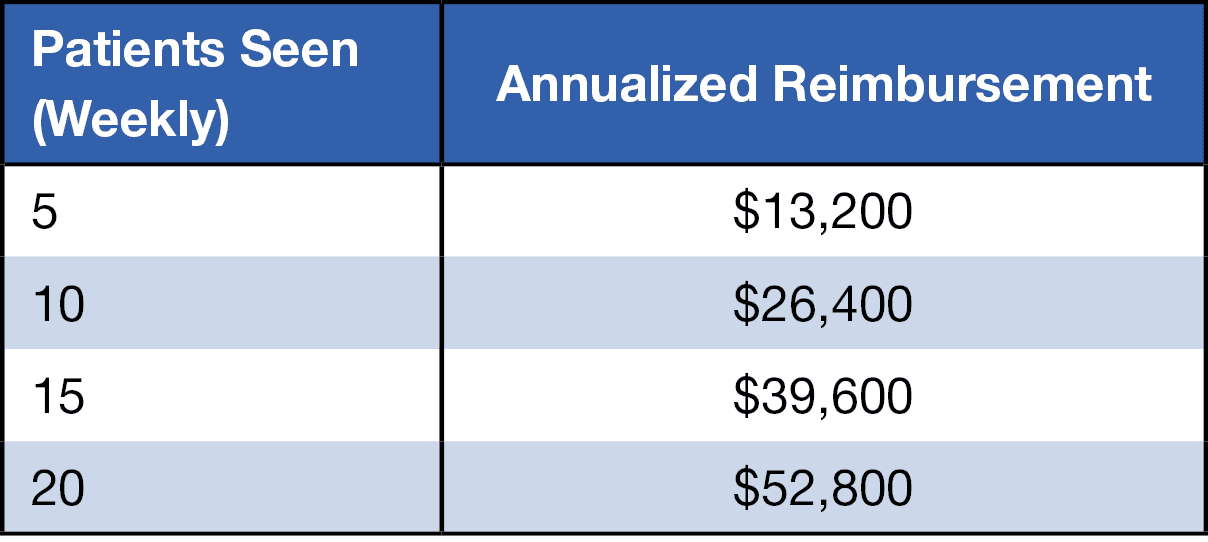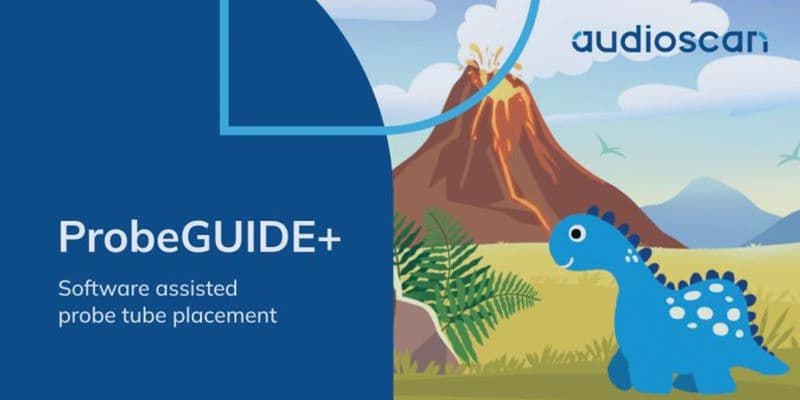The Case for Vestibular Care: A How-To for Audiologists

Adding vestibular services is an excellent way for audiology clinics to support more patients, grow referrals, and boost revenue. With more people seeking help with dizziness and balance issues, now is the perfect time to expand your care.
This blog will:
- Discuss why vestibular services matter
- Debunk myths about space, cost, and complexity
- Offer a scalable model on how to add vestibular services
- Provide examples of billing codes and potential revenue
- Share a clinic’s insights on implementing vestibular services
Why Vestibular Services Matter
Over 90 million Americans will experience dizziness, vertigo, or balance-related issues in their lifetime. Yet, in many communities, access to specialized vestibular care remains limited. Audiologists are uniquely positioned to fill this gap.
By expanding your scope of care to include vestibular diagnostics and rehabilitation, you can:
- Help more patients by addressing a broader range of symptoms.
- Generate more referrals from physicians and other healthcare providers.
- Improve patient outcomes through comprehensive, integrated care.
- Diversify your revenue streams beyond hearing aid sales and fittings.
Breaking the Vestibular Care Myths
Myth 1: We Don’t Have Enough Space
A common concern among audiologists is limited space. With today’s compact vestibular equipment, a room as small as 10x10 feet is often all it takes to begin offering effective vestibular care.
Myth 2: Vestibular Services Aren’t Profitable
Let’s look at the potential revenue from what we call our “Vestibular Beginner Bundle.” This bundle includes video goggles and a treatment table—tools that allow you to evaluate and treat the most common causes of dizziness.
With just a few key CPT codes, you can see how quickly these services add value, even with a modest number of patients per week. Here’s an example of the annualized revenue potential based on typical patient volume.






